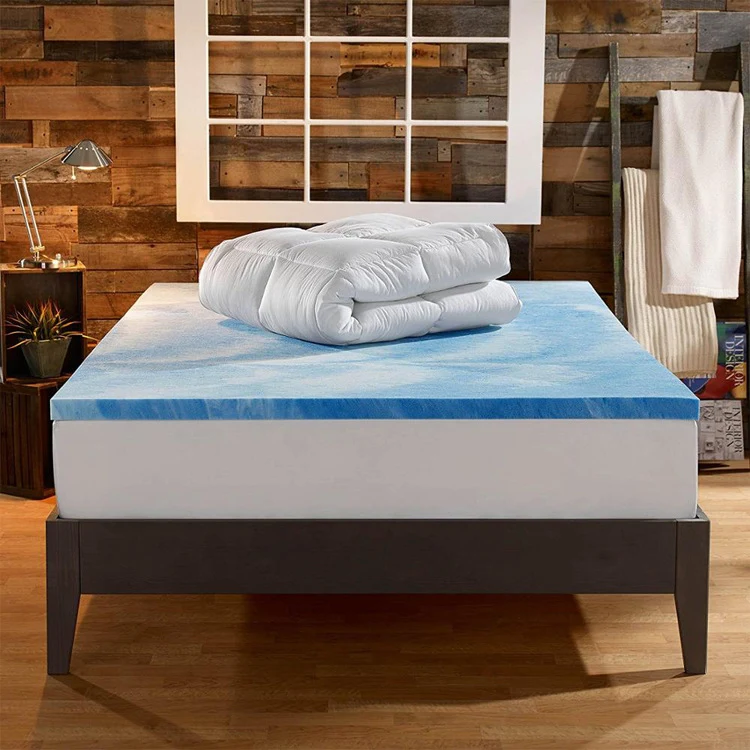Compression Foam: Understanding the Key Characteristics
2024-11-14
Compression foam is a type of foam material that is designed to compress under pressure and return to its original shape when the pressure is released. It is commonly used in industries such as packaging, automotive, medical, construction, and sports equipment due to its ability to absorb impact, provide cushioning, and maintain shape over repeated use. Understanding its key characteristics can help in selecting the right foam for specific applications.

Key Characteristics of Compression Foam:
1. Density and Firmness
- The density of compression foam refers to the mass of the foam per unit volume, affecting its weight, durability, and feel.
- Firmness, often measured by indentation force deflection (IFD), defines how much force is required to compress the foam. Higher firmness foams offer greater support and are more resistant to deformation under load.
2. Compression Set
- Compression set is the foam's ability to return to its original thickness after prolonged compression. Foam with a low compression set can recover its shape more effectively and is ideal for repeated use in cushioning and support applications.
3. Resilience and Durability
- Resilience measures how quickly the foam recovers after compression. High-resilience foams, often found in seating and mattress applications, offer springiness and quick recovery.
- Durability is essential in compression foams that undergo frequent use. Closed-cell foams, for example, tend to be highly durable and resistant to moisture, whereas open-cell foams provide better airflow but may wear out more quickly.
4. Compression Ratio
- The compression ratio is the percentage of thickness reduction the foam can withstand before losing its structural integrity. This ratio helps determine how well the foam performs under load and is critical in applications where consistent support is needed.
5. Impact Absorption and Energy Return
- Compression foam can absorb and disperse impact forces, making it suitable for protective gear, cushioning, and shock-absorbing applications. Foams with high energy return offer enhanced comfort and protection by distributing force evenly.
6. Temperature Sensitivity
- Many foams, such as memory foam, are temperature-sensitive and may become softer or firmer in response to temperature changes. This characteristic is often advantageous in applications requiring a body-contouring effect but may be less ideal in extreme temperature environments.
7. Cell Structure (Open-Cell vs. Closed-Cell)
- Open-cell foams are lightweight, breathable, and soft, making them great for applications where airflow is needed, such as bedding and upholstery.
- Closed-cell foams have a denser structure, providing better moisture resistance, insulation, and structural integrity, making them suitable for outdoor or marine applications.
8. Chemical and Environmental Resistance
- Some compression foams, such as polyethylene or ethylene-vinyl acetate (EVA) foams, are resistant to chemicals, UV light, and extreme weather, making them durable for outdoor use.
- Foams like polyurethane are more prone to breakdown from UV exposure but are widely used in indoor applications due to their affordability and comfort.
9. Customizability
- Compression foam can be easily cut, shaped, and layered to suit specific design requirements, allowing manufacturers to create tailored products with desired properties, such as thickness, density, and firmness.
Applications of Compression Foam:
- Automotive and Aerospace: Seats, headrests, and vibration-dampening components.
- Packaging: Protective cushioning for fragile items.
- Medical and Orthopedic Products: Cushions, mattresses, and orthopedic supports.
- Sports and Safety Equipment: Padding for helmets, knee pads, and protective gear.
- Construction and Insulation: Soundproofing panels, gaskets, and thermal insulation.
Summary:
Compression foam is a versatile material with unique characteristics like density, resilience, and impact absorption. Understanding these properties is essential for selecting the right foam type for applications requiring consistent performance under compression, such as cushioning, protection, or insulation.


